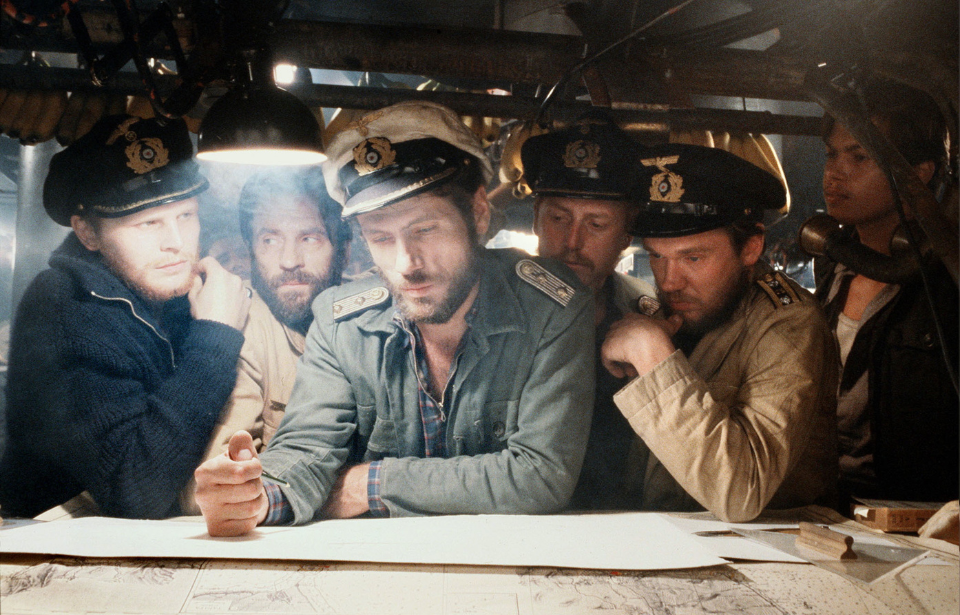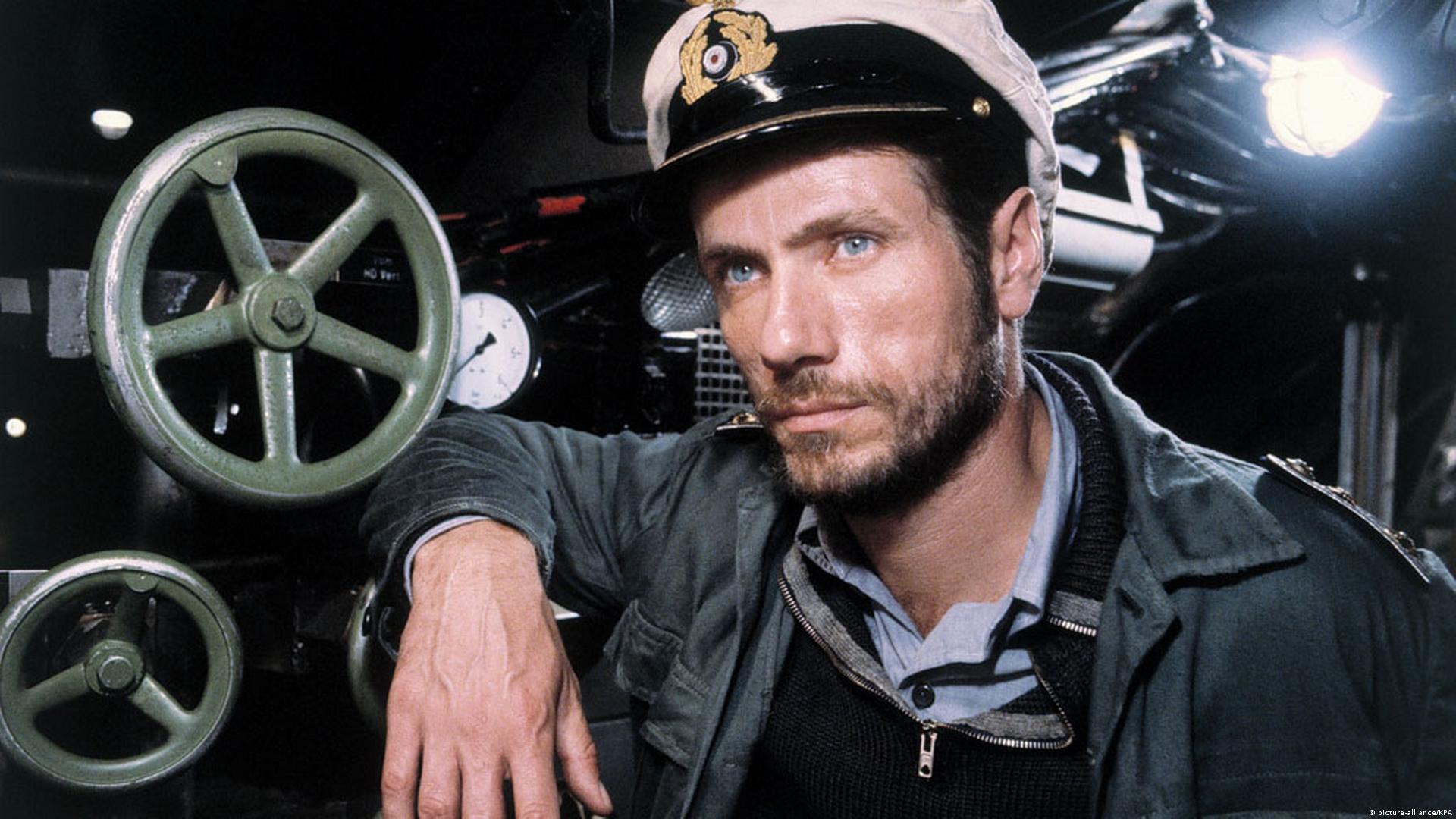Das Boot (1981)

Directed by Wolfgang Petersen and released in 1981, “Das Boot” is a German war film that immerses viewers into the harrowing world of a German U-boat crew during World War II. Adapted from Lothar-Günther Buchheim’s novel of the same name, the film stands as a testament to intense realism, claustrophobic atmosphere, and a profound exploration of the human spirit amidst the chaos of war.
Set in 1941, “Das Boot” follows the crew of U-96, a German submarine commanded by the experienced Captain Lieutenant Heinrich Lehmann-Willenbrock, portrayed with gravitas by Jürgen Prochnow. As the U-boat embarks on a perilous mission to disrupt Allied shipping in the Atlantic Ocean, the crew faces relentless challenges: from enemy attacks to mechanical failures, and the psychological toll of prolonged confinement in the depths of the ocean.

From the opening scenes, “Das Boot” plunges viewers into the tense and claustrophobic world of submarine warfare. Director Wolfgang Petersen meticulously captures the confined spaces of the U-boat, utilizing tight cinematography and immersive sound design to evoke the suffocating atmosphere experienced by the crew. The film’s attention to detail, from the creaking hull of the submarine to the muted sounds of depth charges exploding nearby, enhances its authenticity and intensity.

Jürgen Prochnow delivers a commanding performance as Captain Lieutenant Heinrich Lehmann-Willenbrock, portraying him as a seasoned leader burdened by the weight of command and the responsibility for his crew’s lives. Prochnow’s portrayal captures Lehmann-Willenbrock’s complex blend of authority, vulnerability, and humanity, as he navigates the moral ambiguities of war and grapples with the ethical dilemmas inherent in submarine warfare. His performance serves as the emotional anchor of the film, grounding its exploration of courage, camaraderie, and sacrifice.

Thematically, “Das Boot” delves into the psychological and emotional toll of warfare on individuals trapped in the crucible of combat. The film explores the bonds forged among the crew members as they confront their fears, doubts, and mortality in the face of relentless enemy attacks. Through moments of camaraderie, tension, and despair, “Das Boot” portrays the resilience of the human spirit amidst adversity, highlighting the profound impact of war on the lives of those who experience it firsthand.
The narrative structure of “Das Boot” unfolds with a blend of suspenseful action sequences and poignant character moments, punctuated by moments of introspection and moral reckoning. Petersen deftly balances the visceral intensity of submarine warfare with moments of quiet reflection, allowing viewers to empathize with the crew’s struggles and dilemmas. The film’s pacing, coupled with its atmospheric cinematography and evocative score by Klaus Doldinger, heightens the emotional stakes and narrative tension.

Visually, “Das Boot” captivates with its evocative depiction of life aboard a submarine, capturing the intricate rituals, routines, and hardships faced by the crew. Petersen and cinematographer Jost Vacano utilize innovative camera techniques and practical effects to convey the perilous conditions of underwater combat, immersing viewers in the sensory experience of submarine warfare. The film’s visual authenticity underscores its commitment to historical accuracy and pays homage to the courage and sacrifice of those who served aboard U-boats during World War II.

Furthermore, “Das Boot” serves as a poignant reminder of the human cost of war and the complexities of moral decision-making in times of conflict. The film challenges viewers to confront the ethical implications of warfare and the enduring impact of violence on individuals and societies. Through its compelling characters and evocative storytelling, “Das Boot” offers a profound meditation on heroism, survival, and the enduring bonds of brotherhood forged in the crucible of war.

In conclusion, “Das Boot” (1981) stands as a masterful achievement in cinema, blending gripping suspense, visceral realism, and profound human drama into a compelling narrative that resonates long after the credits roll. Through its meticulous craftsmanship, powerful performances, and thought-provoking themes, the film invites viewers on a visceral and emotional journey into the depths of the human experience amidst the chaos and tragedy of war.











